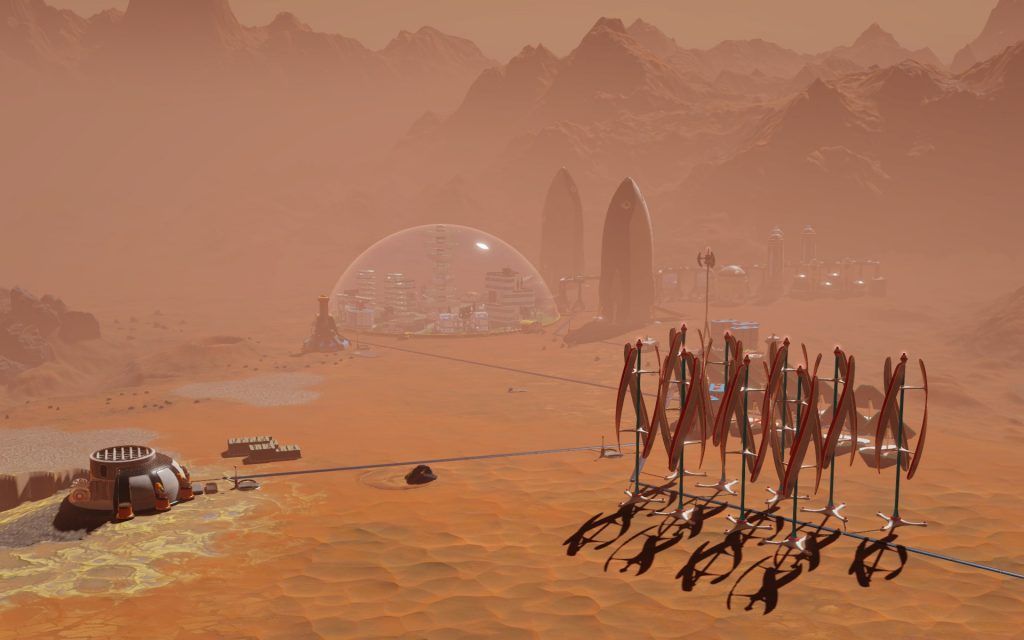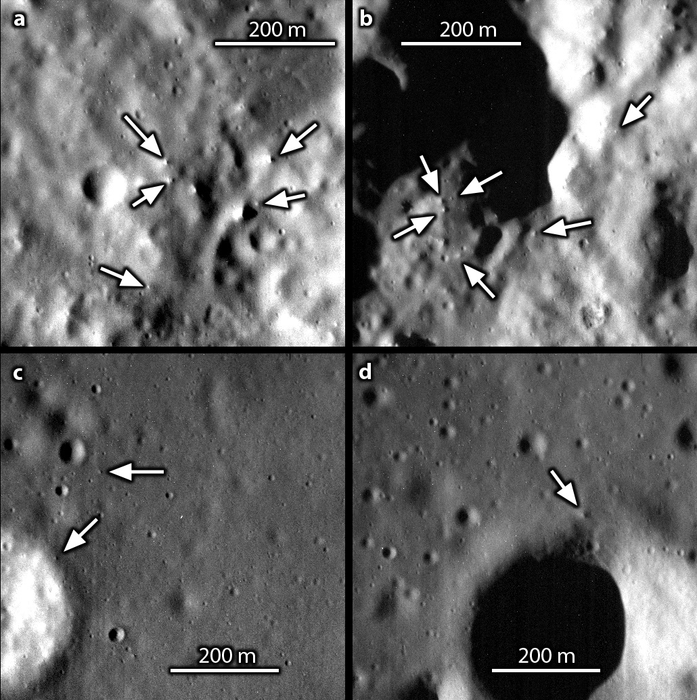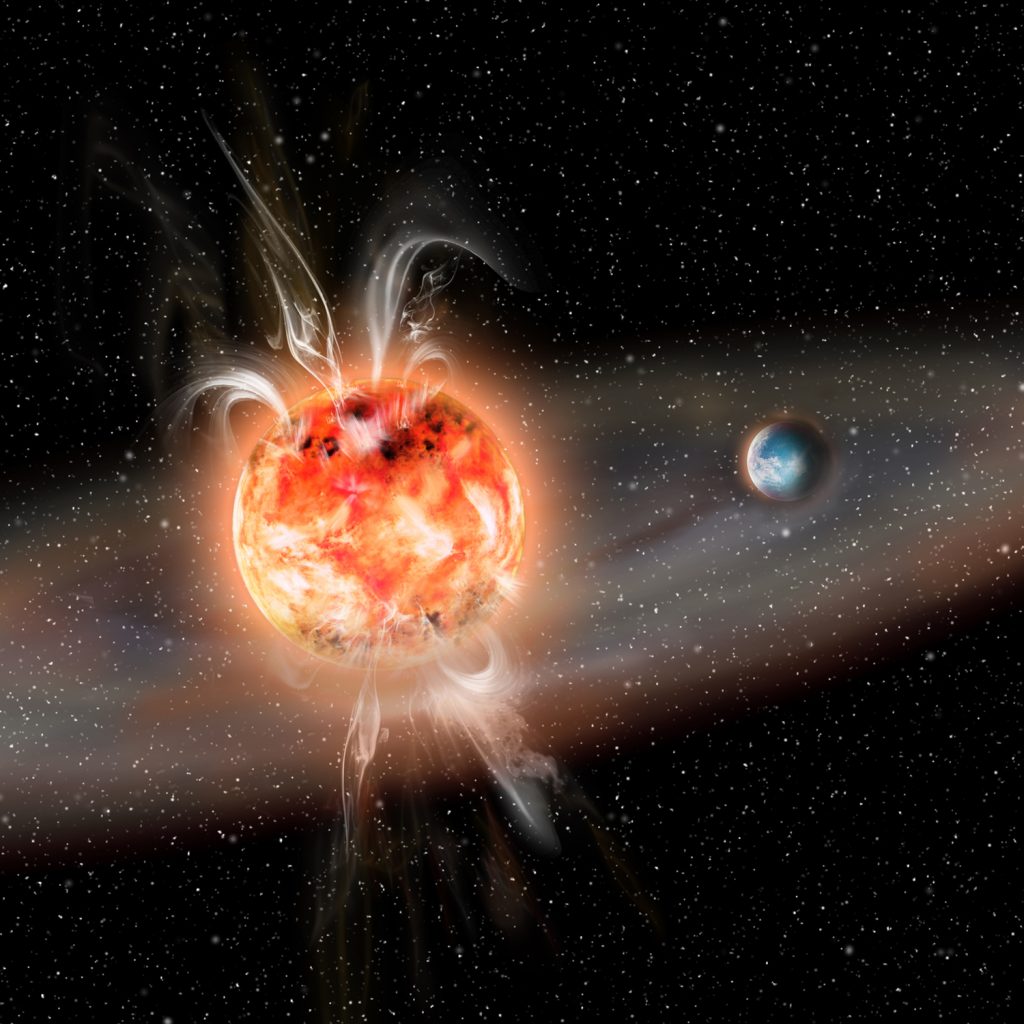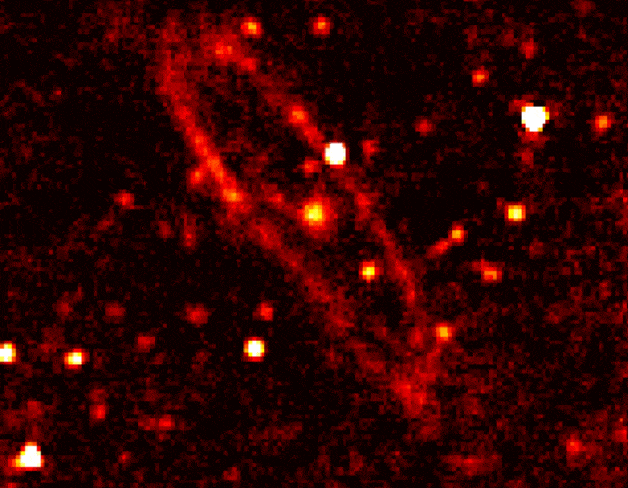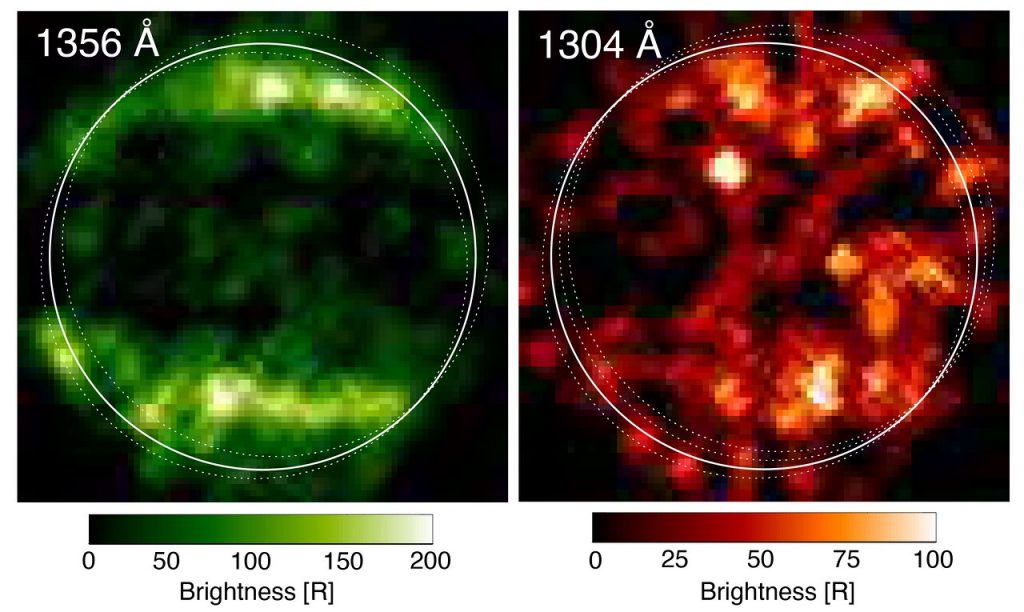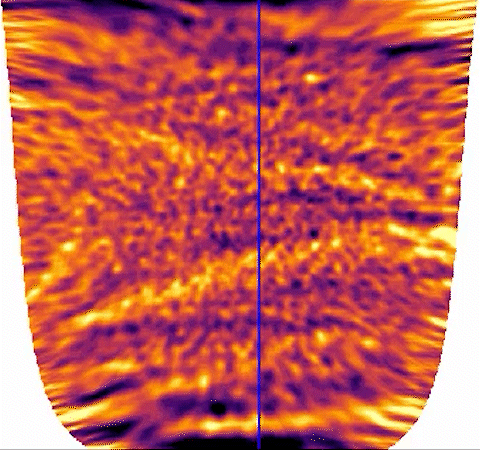Mars structures from blood and urine
When establishing colonies on Mars or the Moon, it will hardly be possible to bring the necessary building material from Earth. Transporting even a single brick to Mars could initially cost up to two million dollars. The solution is to use resources found on the ground - sand and dust that can be combined with water to make a building material. But ordinary water still won't do. Additional binders are needed. In the future, these could be produced by the crew itself - in the form of blood and urine. The human body is a pretty good bioreactor. We…

